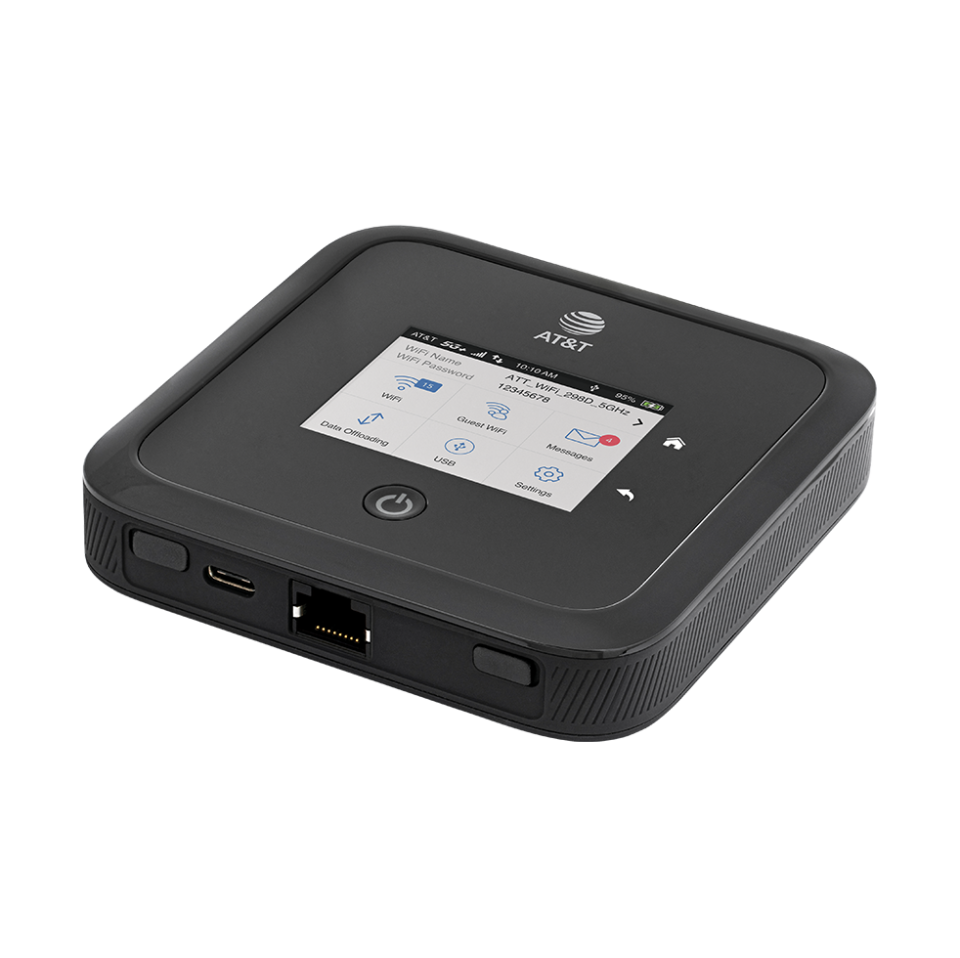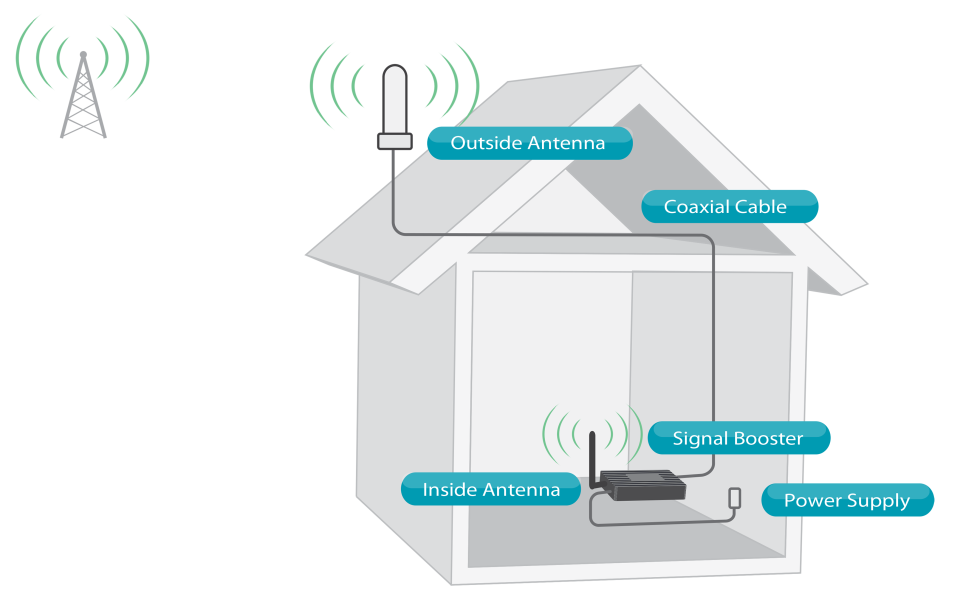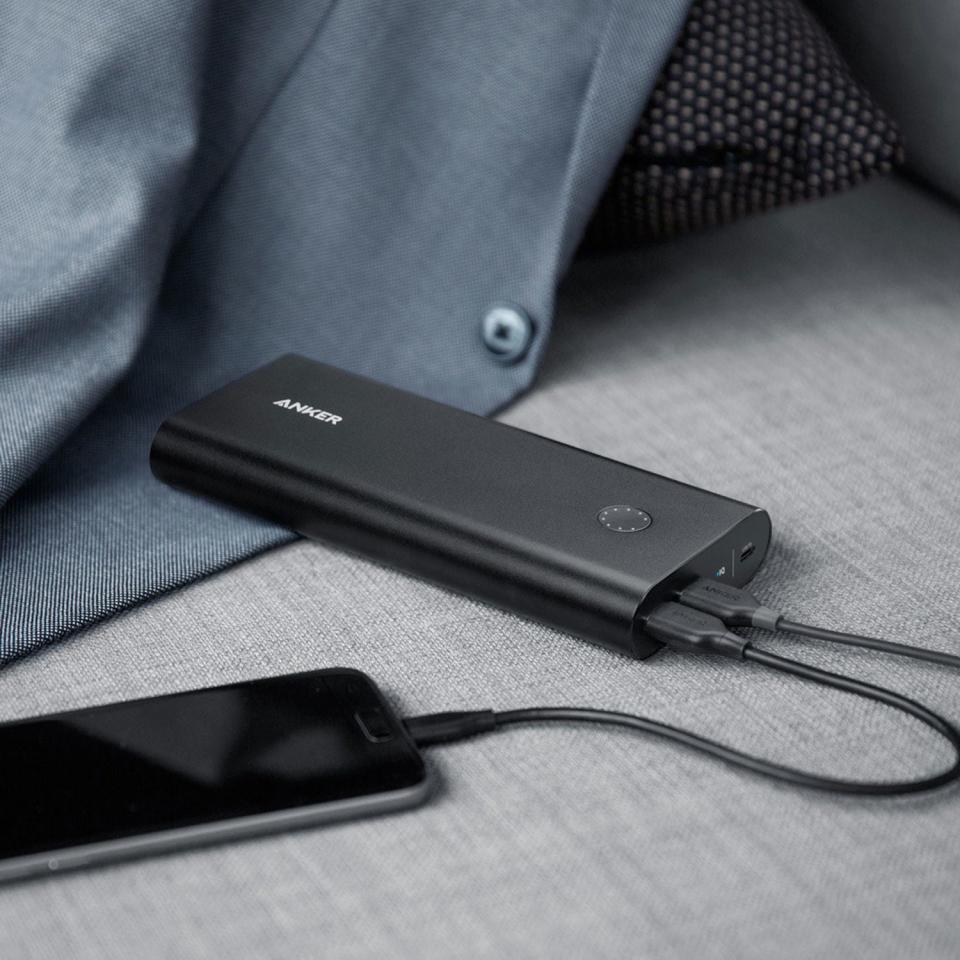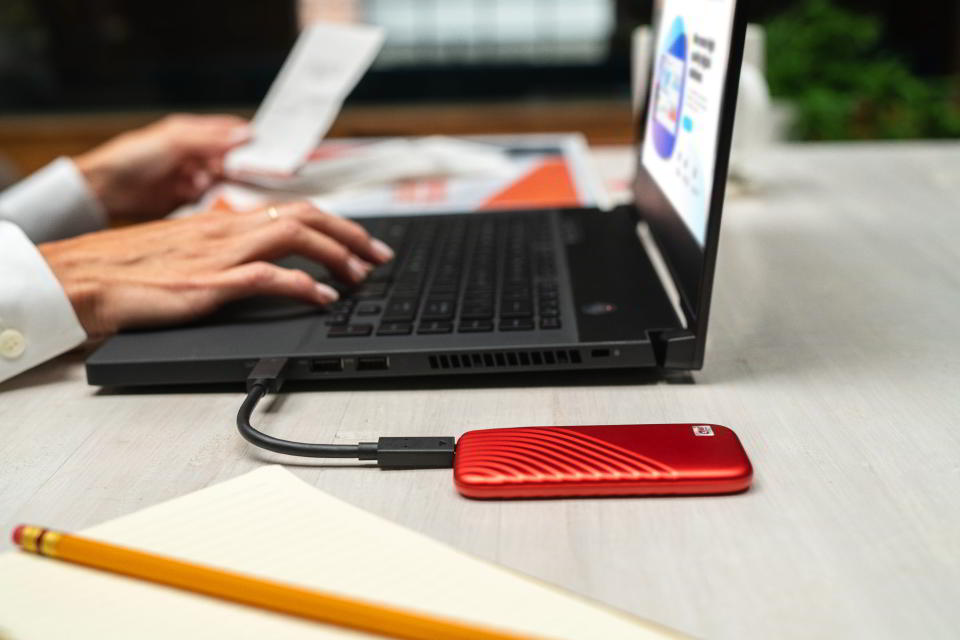Here's the tech you should bring along if you plan to work from your vacation spot
Have you been a fan of working from home over the past year?
You’re not alone.
Only 10% of employees want to return to the office post-pandemic, according to a Hibob survey, a people management platform.
Employers seem to like this flexible work environment, too. A recent PwC report found 83% of companies said the shift to remote work has been positive.
Naturally, there are exceptions on both sides – not to mention several jobs cannot be performed from home – but those who can (and enjoy it) can rely on technology to remain productive while away from a conventional office.
Are you the forgetful type? Here are 5 ways tech can help find your phone, keys, parked car or pet
Old iPhones, PCs and printers: How to recycle or dump e-waste
The same can be said for a summer getaway, such as a cabin or a cottage. Problem is, a more remote setting brings some additional challenges to remaining connected to the office.
And so, the following are a few suggestions to staying on your game, wherever life (and work) takes you.
Reliable Wi-Fi is a must
You could have the best computer in the world, but without fast and reliable internet, it doesn’t matter.
Options for high-speed internet will vary based on your location. Those who plan to spend a lot of time working somewhere other than home – such as several months per year – should look into what Internet Service Providers are in your area. If there aren't (m)any options, consider satellite internet service. But be aware trees, hills, and other obstructive objects around your property might impact the quality and dependability of satellite Internet (not to mention bad weather).
Getting what you need: Working from outdoors is the new WFH. Here’s how to get yourself set up
Instead, for a short-term, remote "workcation," it’s recommended to go with a mobile "hotspot” from your mobile phone provider. A hotspot is a small device that lets you share your cellular network connection with other devices, so they can access the internet. You would join devices, like a tablet or laptop, to your hotspot via Wi-Fi, but then it’s leveraging 4G or 5G cellular technology to get online (and you will be charged for any data they use, according to your monthly data plan, or if you pick up a separate plan with the hotspot device).
► For example, AT&T customers can access its nationwide 5G network with the Netgear Nighthawk 5G Mobile Hotspot Pro ($17.00/month or $509.99 outright), which includes 1 GB of data per month.

► Verizon, on the other hand, sells the Inseego MiFi M2100 5G UW ($16.66/month or $399.99), which lets you connect up to 30 devices.
► T-Mobile’s Franklin T9 Mobile Hotspot ($3.75/month or $90.00 outright) allows up to 15 devices.
Without a healthy wireless data plan, however, you can forget about bandwidth intensive applications, like Zoom video calls. So be sure to do your homework ahead of time by visiting carrier websites to read up on plans – like T-Mobile’s Hotspot services page, for example – which will outline costs and conditions. No one wants an unwelcome surprise on a wireless bill.
Boost your calls and texts, too
Speaking of cellular reception, cellphone signal boosters are another popular purchase among those who spend time in remote locations.
The cellphone booster industry grew by more than 25% last year, according to one of the industry leaders, SureCall, a U.S. manufacturer of cellphone signal boosters.

An amplifier is usually mounted to a roof, the outside antenna of the phone captures the cellular signal from a nearby tower, which is connected to the interior components. Your phone picks up and amplifies the signal to send it back to the tower. This is important, especially in weak signal areas, as you may get decent signals from a cell tower, but can’t connect the call because your phone doesn’t have the power to send it back to the tower.
Sometimes the outside antenna needs to be aimed at a cell tower, if there are no obstructions, while other antennas are omni-directional.

The SureCall Fusion4Home ($289 on Amazon), for example, covers up to 5,000 square feet, and works with any brand of cell phone or smartphone (or hotspot devices), regardless of the phone carrier. SureCall says its patented 2XP technology doubles uplink transmission power to keep all devices connected in the most challenging signal areas.
Back-up power, storage
Those who work remotely know all too well inclement weather could knock out power, even temporary, which might impede your ability to get work done.
Always keep your laptop juiced up, just in case, and consider a hotspot wireless device with a back-up battery inside.
If you’re spending time on a dock, backyard or boat, bring along a portable power solution for your mobile device, like the Anker PowerCore 26800 ($59.99), a power bank with a massive 26,800mAh battery and 3 USB ports to charge up multiple devices (simultaneously, if desired). Always keep your power bank charged up, in case you need it.

► On a related note, to safeguard your computer and other indoor electronics, make sure your power strip has a "surge protection" feature, which defends against possible voltage spikes that could damage your electronics (often after the power returns).
► Set your favorite productivity programs, like Microsoft Word, Excel, PowerPoint or Outlook, to back-up every minute – just in case.
► Remember to make a copy of your important computer files on a regular basis. Free cloud services are fine, but remember if the power or internet goes down, you’ll be without your files, so consider a local (offline) solution, too, such as an external drive.

Starting at $59.99 for 500GB, the WD My Passport SSD is a solid state drive, which is faster, smaller, lighter, quieter and more durable than an external hard drive (HDD). Simply plug it into your laptop or desktop – be it a PC, Mac or Chromebook – to copy over files for safekeeping.
Follow Marc on Twitter for his “Tech Tips of the Day” posts: @marc_saltzman. Email him or subscribe to his Tech It Out podcast here.
The views and opinions expressed in this column are the author's and do not necessarily reflect those of USA TODAY.
This article originally appeared on USA TODAY: How to work remote during vacation? Here's the tech you should bring.

